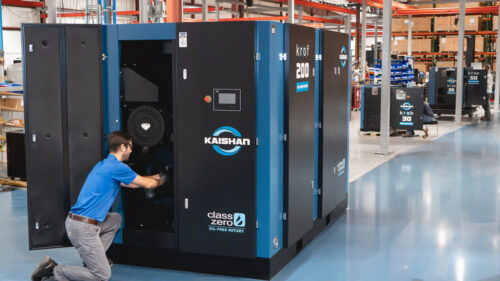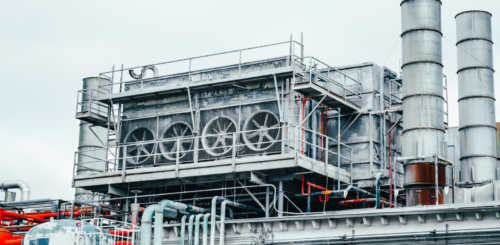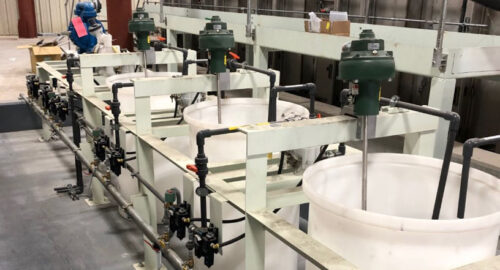Finding the miss-ssssssss-ing air loss in your compressor system
Data loggers, quiet inspection turn up the source of lost air, energy
One of the greatest challenges facing building owners and facility professionals today is finding ways to reduce energy costs. The challenge can be even greater in industrial facilities filled with production equipment.
Air compressors, for example, are often one of a production facility’s largest energy consumers. In fact, the U.S. Department of Energy has suggested that more than 50% of all compressed air systems at small to medium-sized industrial facilities have energy efficiency opportunities.
Concerned about its own facility’s excessive energy usage, a New York-based metal products manufacturer recently paired up with Power Concepts LLC, a Manhattan-based consulting engineering firm, to conduct an energy feasibility study at the company’s production facility.
Betsy Jenkins, Director of the Energy Field Team for Power Concepts, led the project.
“Our client wanted an energy survey conducted because they felt they were spending too much money on their facility’s energy consumption,” explains Jenkins. “They were concerned that their compressors were consuming most of the building’s energy and requested that we monitor the runtime on several of their main air compressors.”
Consultants like Jenkins use their knowledge and expertise to help building owners and facility professionals identify the largest energy consumers within a facility and make recommendations that can help their clients operate more efficiently and save money.
To monitor compressor runtimes, Jenkins selected HOBOState On/Off data loggers from Massachusetts-based Onset Computer Corporation. The HOBO loggers were chosen, in particular, due to their reputation for accuracy.
Jenkins and her team performed an in-depth site evaluation of the building when it was shut down during the company’s lunch hour. They noted a number of locations where compressed air leaked out of various fittings.
“Because we conducted our site survey when the building was quiet, we were able to detect a hissing sound that we had never noticed before. We discovered that one of the machine operators was using a compressor nozzle as a fan to blow fumes away from his welding machine.
The data loggers, according to Jenkins, were instrumental in helping to understand how a large portion of electrical use was attributable to several leaks in the air compressors.
“Before conducting the survey, our client didn’t realize how often their compressors were running. The HOBO data loggers provided us with important data. The projected cost savings from our recommended energy conservation measures will save the client a substantial amount of money,”
Do you have experience and expertise with the topics mentioned in this content? You should consider contributing to our CFE Media editorial team and getting the recognition you and your company deserve. Click here to start this process.





